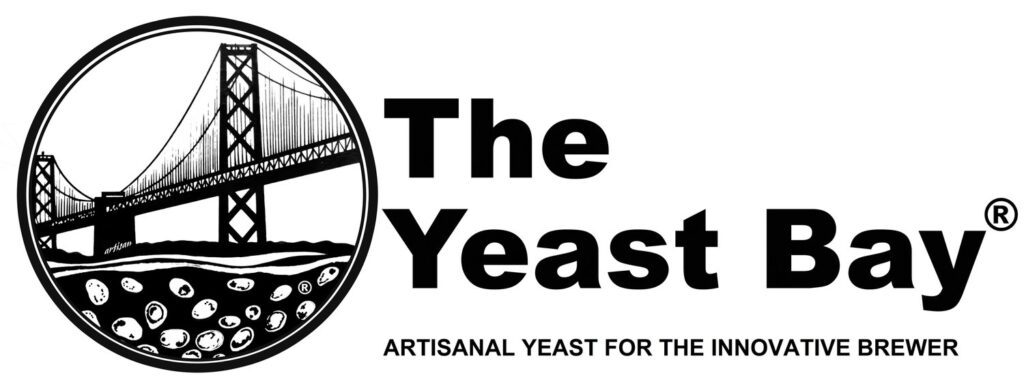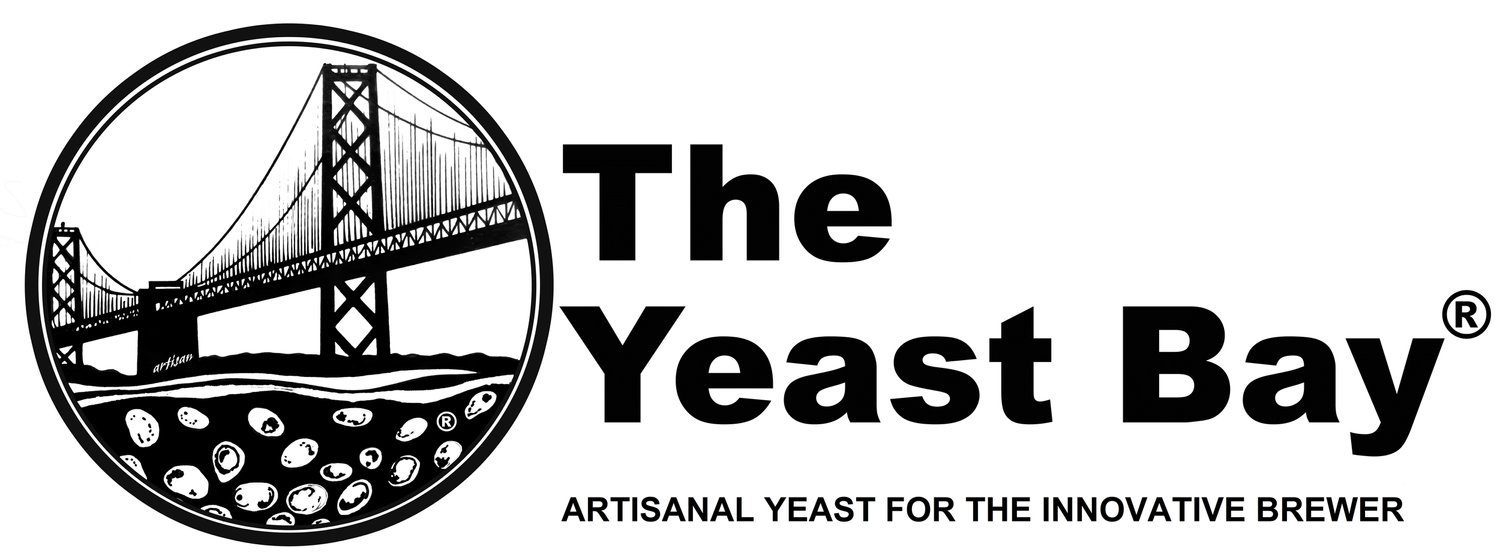
Artisanal Yeast for the Innovative Brewer | A Conversation with Nicholas Impellitteri
Tom’s Brew Shop recently started stocking brewing cultures from The Yeast Bay. José had a great phone conversation with Owner/Microbiologist Nick Impellitteri about his evolving partnership with White Labs, the changes he’s seen in the yeast business since launching in 2014, and the current product offerings now available.
A summary of our conversation follows, edited lightly and condensed for clarity.
José: Tell us about The Yeast Bay. What sets it apart from other suppliers in the homebrew yeast world?
Nick: I started the yeast bay in 2013 and we were very homebrew heavy. My whole goal was to get new strains and bacteria out to homebrewers, brettanomyces and lactic acid producing bacteria. I noticed every time a new yeast company came out it was 95% the same stuff, so I started isolating new microorganisms for myself. When I started talking about it online a number of homebrewers started requesting I grow the yeast and sell it.
After talking to Jim Withee [the owner of GigaYeast], I researched what it would take to start a yeast laboratory, and decided to seek out a contract service. We ended up working with White Labs to leverage their manufacturing capacity, producing new cultures that were not previously available. We launched in February 2014, producing about 90% homebrew, 10% commercial pitches.
Today, we sell about 95% commercial pitches and 5% homebrew pitches by volume. Some of this shift was caused by homebrewers who became commercial brewers but still wanted to use our strains. We still have a lot of core supporters who seek our strains for the homebrewing world.
José: We’ve been aware of The Yeast Bay primarily from being lurkers on Milk the Funk. What’s recently changed is the availability of Yeast Bay strains through White Labs year-round. Can you talk about how that relationship has evolved and how we got to where we are today?
Nick: I’m so busy taking orders and administrative tasks, the relationship evolved to where we moved all the administration and ordering to Yeastman [the commercial order portal for White Labs].
José: While there are still lots of strains available that fit into that niche of homebrewers, we noticed the current offerings through White Labs have a variety of saccharomyces pastorianus and saccharomyces cerevisiae strains. Is this part of an overall shift in homebrewing trends?
Nick: First off, I’ve always told homebrewers before you buy any kind of fancy stainless steel equipment, invest in temperature controlled fermentation. It gives the biggest bang for your buck when starting out homebrewing.
A lot of the blends were created for commercial brewers to allow them to produce beers that have a unique character. We’ve seen a shift away from mixed culture and funky beers, to more people looking for unique lager strains. We put those out in 2015 after sourcing them from a German yeast bank. Lida Kveik, for example, has been used for farmhouse style hazy beers.
José: What are the most popular strains from the Yeast Bay?
Nick: Vermont has always been the most popular for homebrew and commercial strains. We have a great isolate of it that creates a great peach/stonefruit flavor. Hazy Daze is super popular, as well as Midwestern Blend.
For sour beers, Melange and Saison Brett II are the most popular. Simonatis Lithuanian Farmhouse was pretty popular for a while and was used at Stone for one of their beers.
José: What are the benefits of The Yeast Bay strains being made available in the PurePitch Next Generation packaging?
Nick: The new packaging is fucking awesome! The original PurePitch packaging was a little clunky and confusing since homebrewers didn’t understand there were two bags that needed to be cut. The three big benefits to PurePitch Next Generation are: Ease of Use, Higher Cell counts, and Viability.
The packaging itself is in an oxygen free environment, often with a 80%-96% viability rate after six months.
José: Would you recommend directly pitching yeast from the Pure Pitch Next Generation packages without building a yeast starter?
Nick: Because of the closed, oxygen-free filling process, [the yeast] has all the energy reserves and doesn’t take as long to get through the growth phase.
[It] depends on gravity for sure, and there’s a cell count calculator on yeastman.com where homebrewers can figure out how much yeast they’ll need. For some yeast, a starter helps, particularly brettanomyces. I think with the viability and quality of Pure Pitch Next Generation, particularly for saccharomyces, the starter may be unnecessary.Right now everything is rolling into core [strains] for the next few months. Pretty much everything will be available for now, though eventually some strains will be moved into the Vault depending on sales.

